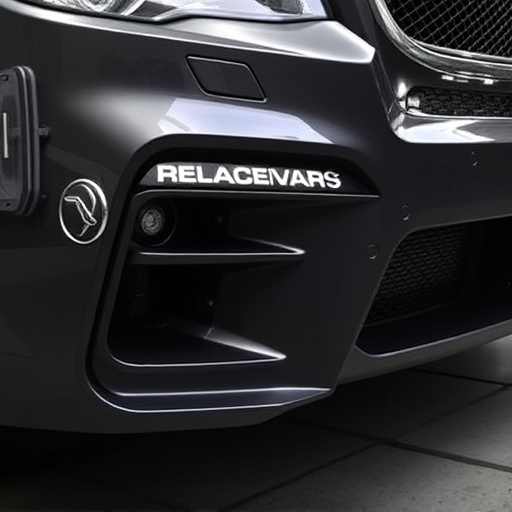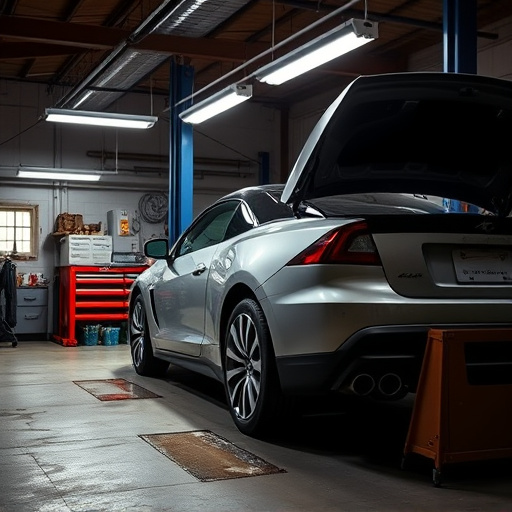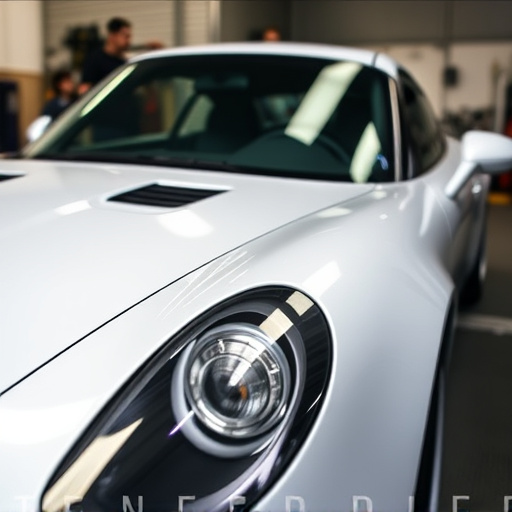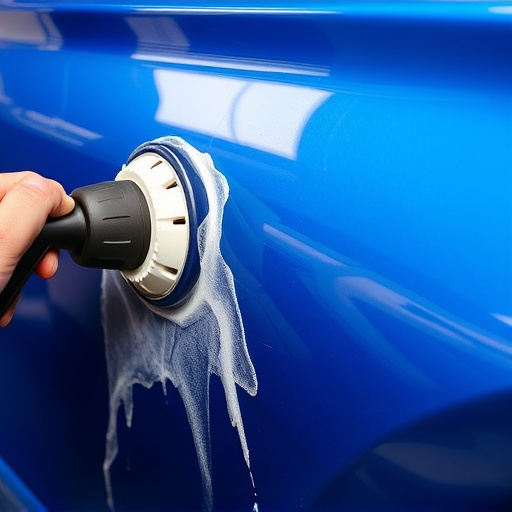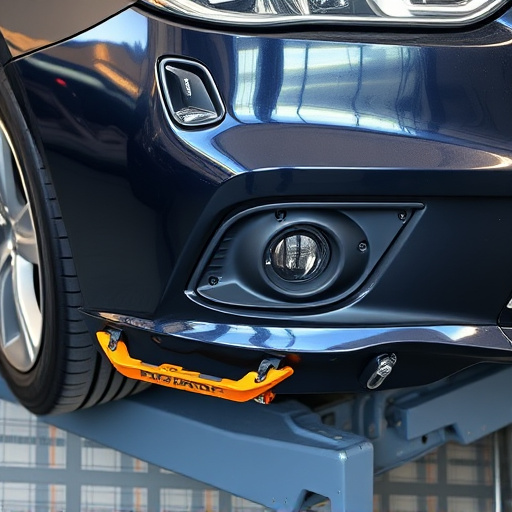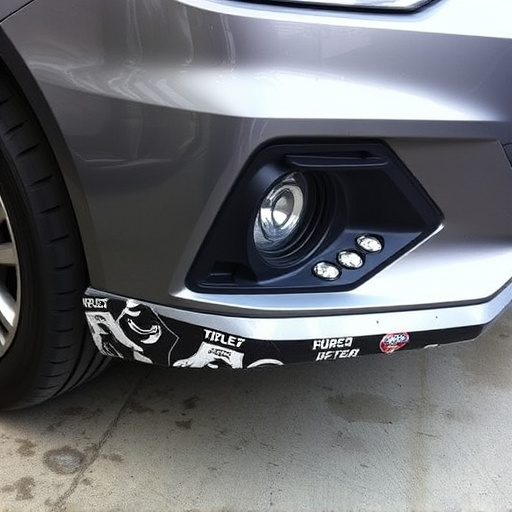Mercedes infrared-reflective glass is a cutting-edge technology for climate control in vehicles, reflecting solar heat and reducing interior temperature. This innovation benefits automotive restoration by preventing paint damage, and it contributes to fuel efficiency and environmental sustainability by lowering air conditioning demands. With potential applications in scratch repair and surface protection, this game-changing material could become a standard feature in future eco-friendly vehicles.
Mercedes infrared-reflective glass is transforming the automotive industry with its advanced technology, offering a cool solution for climate control. This innovative material goes beyond traditional windows by reflecting infrared heat while allowing visible light to pass through, enhancing energy efficiency in vehicles. With global focus on sustainability, understanding how Mercedes infrared-reflective glass contributes to reduced energy consumption and lower emissions is paramount. This article explores its impact, environmental advantages, and future potential in climate control systems.
- Understanding Mercedes Infrared-Reflective Glass Technology
- How It Enhances Energy Efficiency in Climate Control
- Environmental Benefits and Future Prospects of This Innovation
Understanding Mercedes Infrared-Reflective Glass Technology

Mercedes infrared-reflective glass technology is a cutting-edge innovation designed to revolutionize climate control systems in vehicles. This advanced glass type has been engineered with special properties that enable it to reflect a significant portion of the sun’s infrared radiation, thereby reducing the amount of heat transmitted into the vehicle interior. By minimizing heat gain, Mercedes infrared-reflective glass helps maintain a comfortable cabin temperature, even during hot summer days.
This technology is particularly beneficial for automotive restoration and auto body shop professionals who focus on vehicle paint repair. Traditional glass allows solar heat to pass through, which can cause the paint to crack or fade more quickly due to increased interior temperatures. By using Mercedes infrared-reflective glass in restored vehicles, these experts can prolong the life of the paint job and ensure a more aesthetically pleasing finish for longer periods.
How It Enhances Energy Efficiency in Climate Control

Mercedes infrared-reflective glass plays a pivotal role in enhancing energy efficiency within climate control systems. This advanced automotive technology is designed to reflect and manage heat transfer, significantly reducing the workload on air conditioning units. By keeping the interior cooler without relying heavily on artificial cooling, it not only conserves energy but also prolongs the lifespan of vehicle components, including the A/C system itself. This is particularly beneficial in today’s eco-conscious market, where every measure to reduce fuel consumption and emissions is prized.
The infrared-reflective property of this glass allows it to repel heat from direct sunlight, thereby decreasing the need for constant cooling. This passive thermal management approach translates into tangible benefits during both hot summers and cold winters. For instance, in extreme temperatures, it helps maintain a comfortable cabin temperature without drawing excessive power, which is especially crucial for electric vehicles where battery life is a significant consideration. Moreover, by minimizing heat gain, it reduces the frequency of frequent and intensive use of cooling systems, thus serving as an effective strategy for collision damage repair and vehicle dent repair specialists to recommend when addressing issues related to tire services and overall vehicle maintenance.
Environmental Benefits and Future Prospects of This Innovation

The implementation of Mercedes infrared-reflective glass represents a significant step forward in sustainable transportation and climate control. This innovative technology offers substantial environmental benefits by reducing the interior heating effect of sunlight, thereby decreasing the reliance on energy-intensive air conditioning systems. By reflecting a large portion of infrared radiation back into the atmosphere, these glasses contribute to mitigating the greenhouse gas impact commonly associated with automotive collision repair and hail damage repair.
Looking ahead, the future prospects of Mercedes infrared-reflective glass are promising. As the world shifts towards more eco-friendly solutions, this technology could become a standard feature in new vehicle models. Moreover, its potential applications extend beyond climate control to various other sectors, including scratch repair and surface protection. The market for these advanced materials is poised for growth, driving further research and development aimed at enhancing their efficiency and durability.
Mercedes infrared-reflective glass technology represents a significant step forward in vehicle climate control systems, offering enhanced energy efficiency and reduced environmental impact. By reflecting infrared radiation, these innovative windows help maintain comfortable interior temperatures while minimizing the need for excessive air conditioning. As we move towards more sustainable transportation solutions, further research and development of this technology promise to play a vital role in creating greener and more efficient vehicles, contributing to a cleaner future for all.

